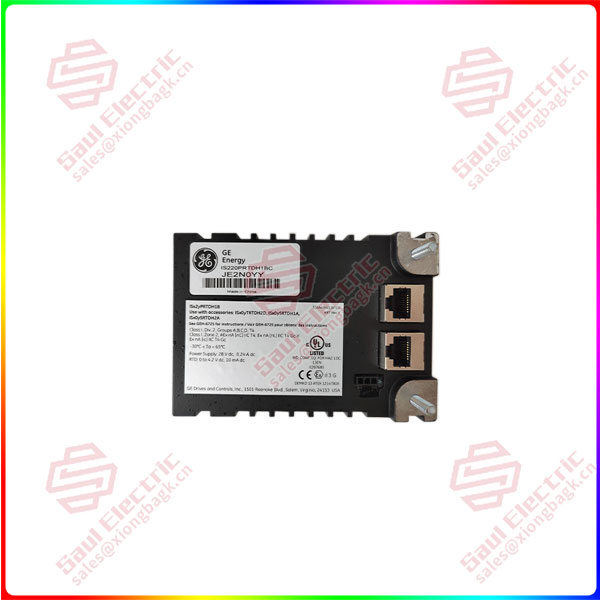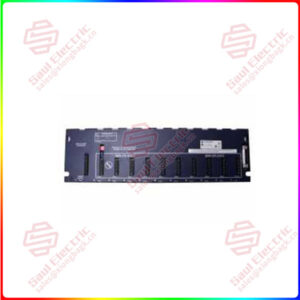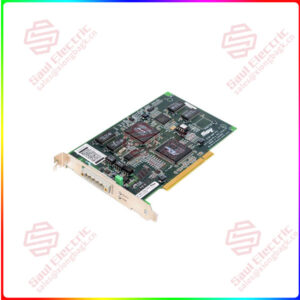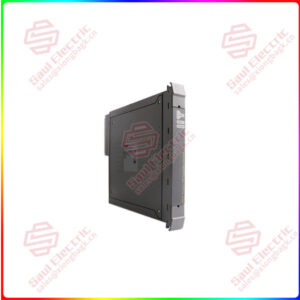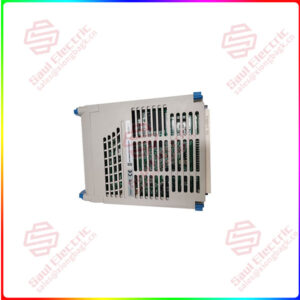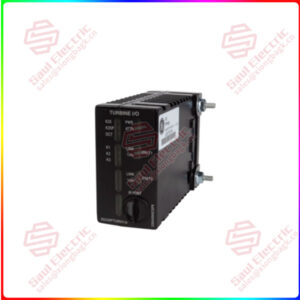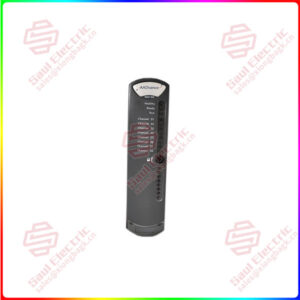Description
Overview
Essential details:IS220PRTDH1B RTD INPUT PACK
lf you need to inquire or purchase ,please send the product models to my email or call medirectly .
sunny He
[Email] sales@saulcontrol.com
[Mobile] 86-18059884797
[WhatsApp] 86-18059884797
[Skype] sales@saulcontrol.com
IS220PRTDH1B RTD INPUT PACK
IS220PRTDH1B Processor Features
- The processor board is linked to an acquisition board dedicated to the function of the I/O pack or module. When input power is applied, the soft-start circuit increases the voltage available on the processor board.
- The local power supplies are turned on in sequence, and the processor reset is disabled. After finishing self-test routines, the processor loads application code specific to the I/O pack or module type from flash memory. The application code reads board ID information to ensure that the application code, acquisition board, and terminal board are all correctly matched.
- When there is a good match, the processor attempts to establish Ethernet communications, beginning with a network address request. The address request makes use of the industry-standard dynamic host configuration protocol (DHCP) and the terminal board’s unique identification.
- Following Ethernet initialization, the processor programs the on-board logic, runs the application, and allows the acquisition board to begin operation. The processor application code contains all of the logic required for the I/O pack to operate from one or two Ethernet inputs. When two Ethernet inputs are used, both network paths are always active.
A failure of either network will not affect the operation of the I/O pack or module, and the failure will be indicated by the working network connection. This configuration is more fault-tolerant than a traditional hot-backup system, which uses the second port only when the primary port fails. - The Ethernet ports on the processor auto-negotiate between 10 MB/s and 100 MB/s speeds, as well as between half-duplex and full-duplex operation.
Auto-Reconfiguration
- The Auto-Reconfiguration feature allows the operator to replace I/O packs without having to manually reconfigure each pack or module. When the controller detects an I/O pack booting with a different configuration and the Auto-Reconfiguration feature is enabled, a reconfiguration file is automatically downloaded from the controller to the I/O pack.
- The bootload, baseload, firmware, and parameters are all reconfigured. Unless it already has the latest version, each I/O pack is updated with the current configuration that matches the configuration used by the controller.
Analog Input Hardware
The RTD terminal board provides eight three-wire RTD inputs to the PRTD input board. Each RTD, which can be grounded or ungrounded, receives a 10 mA dc multiplexed (not continuous) excitation current from the pack. With a maximum two-way cable resistance of 15, the eight RTDs can be located up to 300 meters (984 feet) from the turbine I/O cabinet. The pack’s A/D converter samples each signal and excitation current four times per second in normal mode and 25 times per second in fast mode, with a time sample interval related to the power system frequency.


 1 Year Warranty
1 Year Warranty
